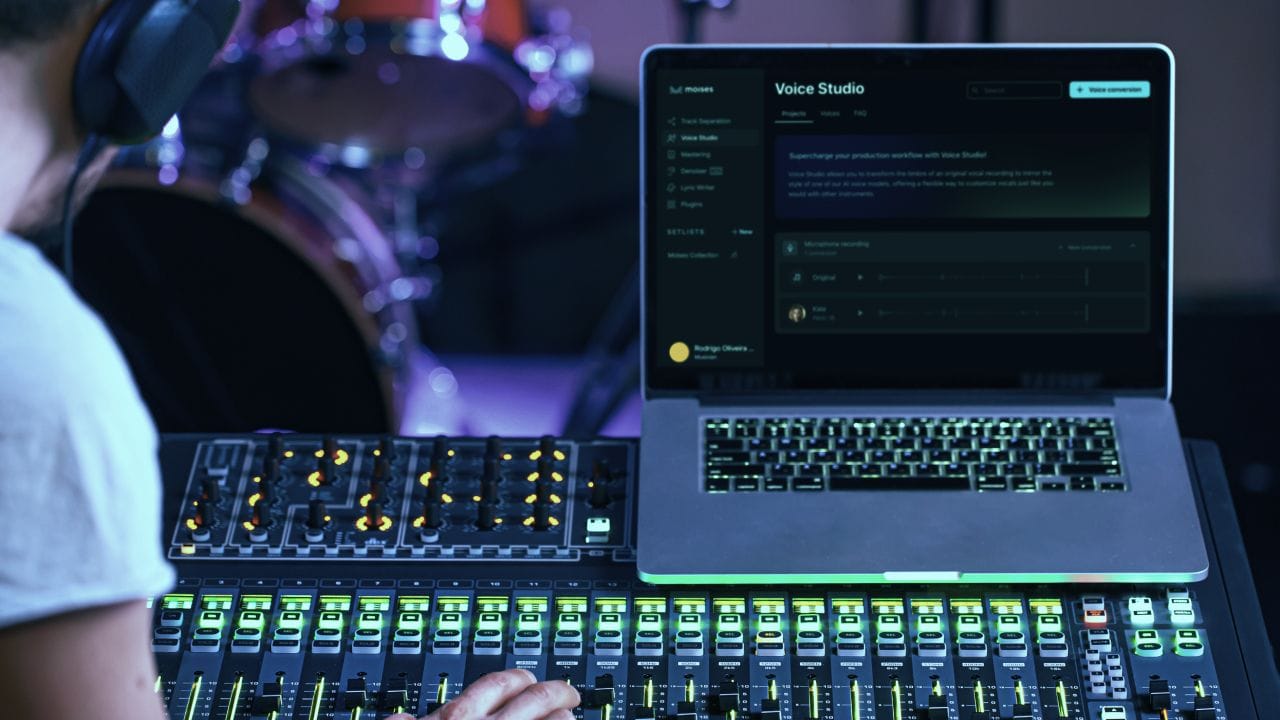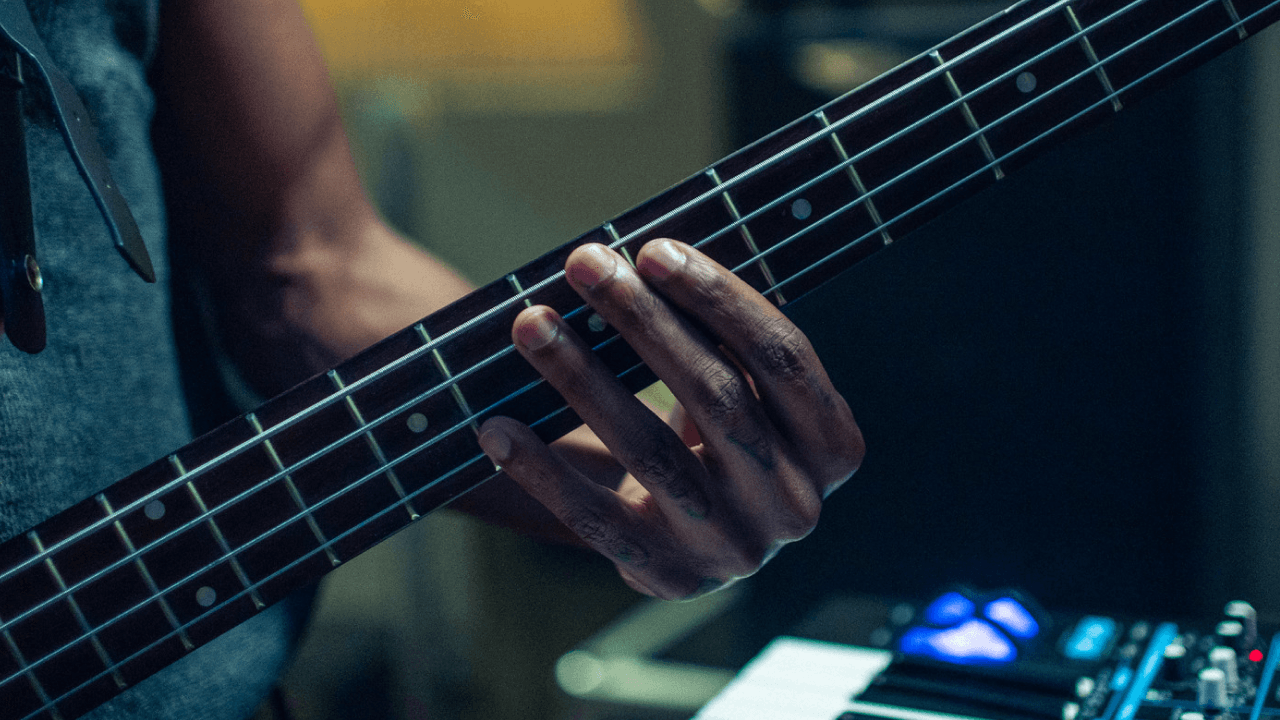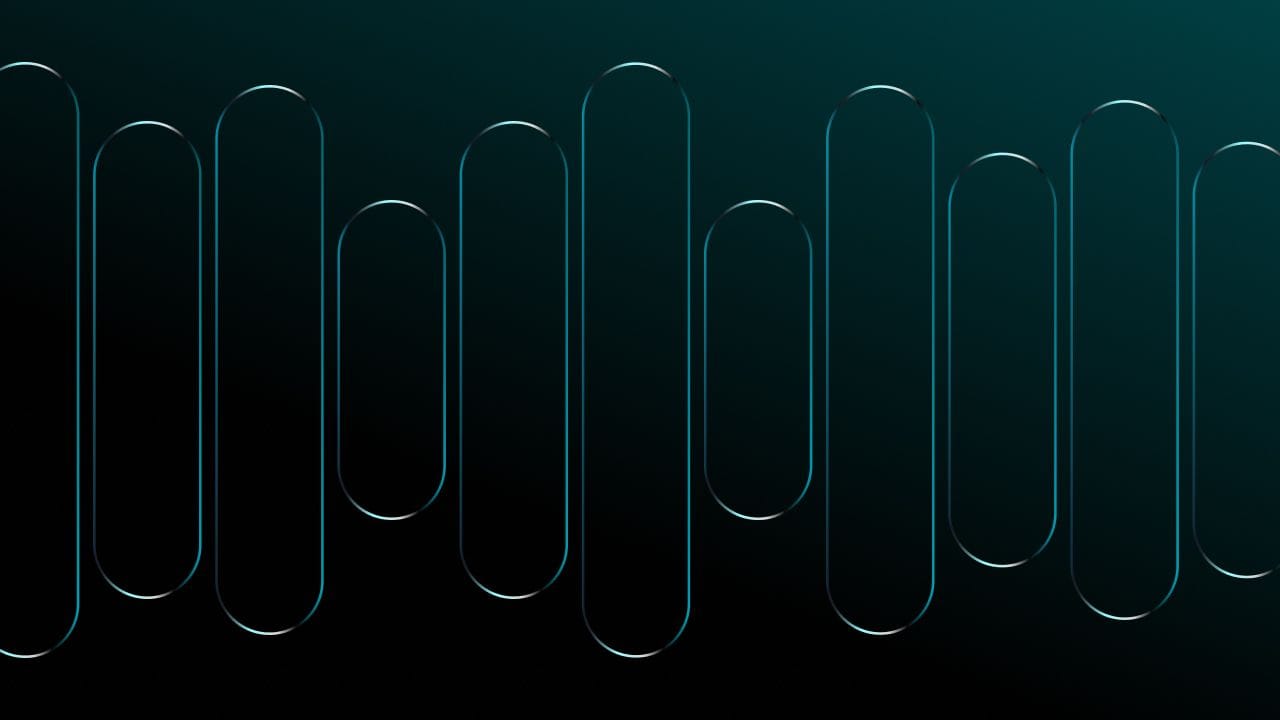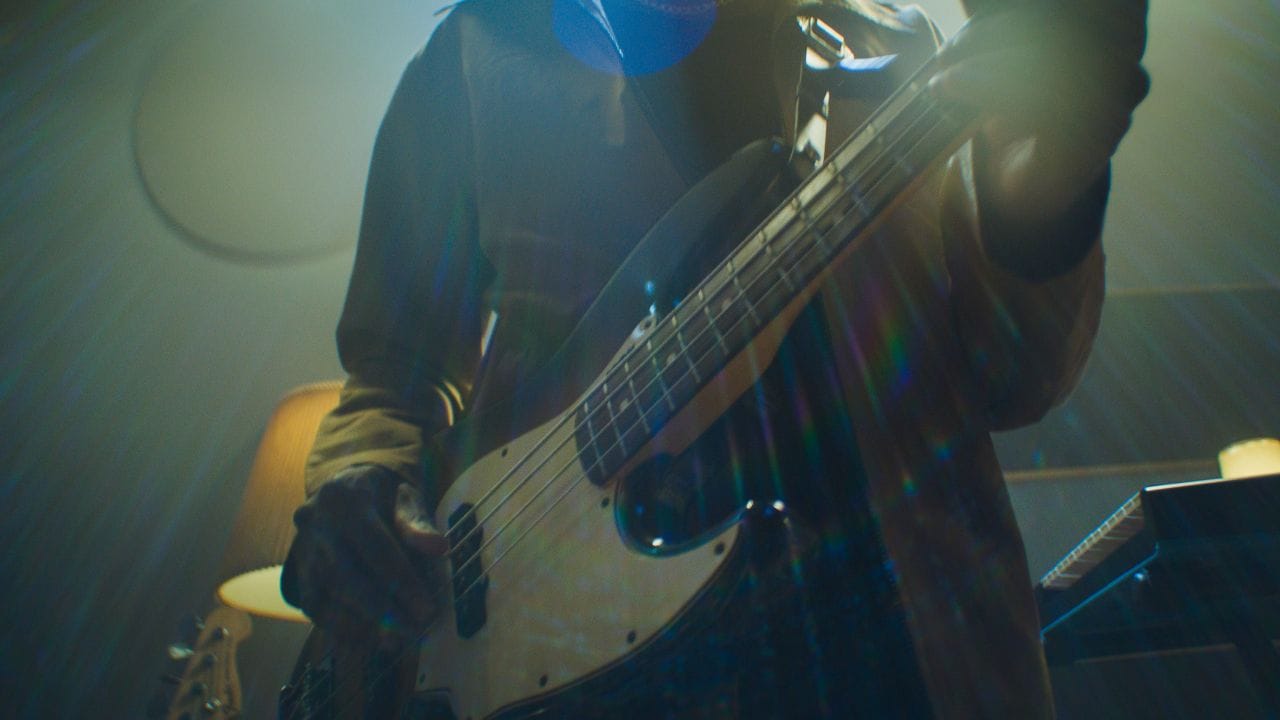Musicians and music producers often begin using production software programs by experimenting and playing around, allowing them to grasp the concept intuitively. However, clear definitions and explanations are always good to enhance our understanding and avoid confusion. So what is a DAW, after all?
“DAW” stands for Digital Audio Workstation. This type of software is used by musicians, producers, and audio engineers to record, edit, mix, and produce audio. It provides a virtual workspace with tools and features that allow for manipulating sound recordings and creating professional-quality tracks.
Modern DAWs have a variety of powerful features that make music production easier than ever. Whether you're a beginner or an expert, these tools enable you to create professional-quality music effortlessly.
Keep reading to learn more about them!
What is a DAW, and how does it work?
A Digital Audio Workstation is a vital tool for musicians or producers looking to bring their music to life. Simply put, it's a computer program designed to record, edit, mix, and master music, serving as a virtual studio.
Whether you're a beginner or a seasoned pro, a DAW offers a range of powerful features that make music production more accessible than ever before.
Using a DAW, you can:
- Record live instruments and vocals;
- Import, edit, and manipulate MIDI files;
- Access a wide range of virtual instruments and software synthesizers;
- Apply a variety of effects to shape and enhance your sound;
- Organize and arrange your musical ideas into compositions;
- Fine-tune individual parts using editing tools;
- Blend and balance different tracks, adjust levels, and create a polished mix;
- Add dynamic changes to parameters over time;
- Apply the final touches to your mix for distribution;
- Share your projects and collaborate with other musicians or producers.
Using plugins on your DAW
Plugins are like extra tools that let you tweak and customize your sound. With them, you can experiment with different sounds and textures, besides adding cool effects to give your music a unique vibe.
These software components can be added to a DAW or other audio software to extend its functionality. Some add-on examples are:
- Audio effects plugins: shape sound with effects like reverb and EQ;
- Virtual instruments: play realistic instrument sounds;
- Instrument and effect rack plugins: combine multiple tools into one;
- Utility plugins: useful tools like meters and tuners;
- Sampler plugins: play and edit audio samples;
- Synthesis plugins: craft sounds from the ground up;
- Analysis and measurement tools: assess audio quality and characteristics;
- User-created and third-party plugins: explore a vast array of plugins from various sources.
Working with MIDI files
“MIDI” stands for Musical Instrument Digital Interface, a protocol that allows you to control virtual instruments and other devices within your DAW. To put it simply, it's like a digital language that helps you control virtual instruments in your music software.
MIDI files carry instructions about notes, how loud they are, and how long they last. They're a great way to add depth and complexity to your music, offering endless possibilities for creativity.
Mixing and Mastering
Digital Audio Workstations serve as the central hub for the entire music production process, including mixing and mastering. They provide the tools, flexibility, and convenience to carry out these critical tasks efficiently and creatively within a digital environment. Musicians and producers can manipulate and refine their music to achieve the desired sonic results while using DAWs.
Mixing is the process of blending individual tracks to create a balanced and cohesive sound. It involves adjusting each track's levels, panning, EQ, and effects to ensure that all elements work harmoniously. This step is where you achieve your song's final sound, ensuring that each instrument and element can be heard clearly.
On the other hand, mastering focuses on enhancing the overall sound and quality of the final mix. In mastering, you apply processes like compression, EQ, and stereo imaging to optimize the sound for various playback systems.
In other words, mastering comes after mixing, and the goal of this final step is to ensure the track sounds polished and professional on all devices.
Why should you learn how to use a DAW?
It's empowering for musicians to know what a DAW is, but knowing how to use one is even more. It's the kind of skill that empowers you to create music that truly reflects your artistic vision. Learning it gives you ultimate control over the production process.
Instead of relying on expensive recording studios or external producers, you have the ability to record, edit, mix, and master your tracks all in one place. This gives you the freedom to experiment, make mistakes, and learn at your own pace.
Additionally, a DAW offers a wide range of tools and features that can enhance your creativity and take your music to the next level. From virtual instruments and effects plugins to MIDI functionality and automation, you have the power to shape your sound and create unique compositions.
Knowing your way around a DAW makes collaborating with other musicians easier. You can effortlessly share project files and work together from anywhere worldwide. This not only broadens your network but also lets you explore new horizons.

How to choose the right DAW for your needs?
When it's time to choose a DAW, you'll come across tons of options out there. Each DAW has its own features and strengths, and it can be a chore to find the one that is right for you.
The perfect choice can depend on many aspects — like what style of music you're working with, how familiar you are with production, and if you need simpler editing capabilities or advanced tools.
Exploring is a good way to go, but we all appreciate shortcuts that save us time and help us find what we're looking for. So you can find below some key factors to consider when choosing a DAW.
Identify your needs
Knowing your goals will help you narrow down the options. So start by understanding what you want to achieve with your music production:
- Are you a singer-songwriter looking to record and arrange your own songs?
- Are you a producer interested in creating electronic music, for example, with virtual instruments?
Consider your budget
Being aware of what a DAW brings to the table allows you to make budget-conscious decisions. Some DAWs offer extensive features, while others are more affordable and cater to specific needs.
These programs come in a range of price points, from free options to high-end professional software. Determine how much you're willing to invest in a DAW and find one that fits within your budget.
Check compatibility
Making sure that the DAW aligns with your setup is as essential as knowing what a DAW is. The program needs to run smoothly, without any compatibility issues. So always check the software's compatibility specifications and requirements before installation.
Study the interface
An ideal interface should adapt to your needs, offering intuitive navigation that lets you concentrate on your creativity — instead of grappling with intricate menus and functions.
Explore the features and add-ons
Choosing the right option also involves aligning it with your musical style and preferences. If you know what a DAW is capable of, you can make an informed choice.
For instance, if you're into electronic music, a software that excels in MIDI functionality might be your best fit. Ensure the workstation has (or supports) the features you need to bring your ideas to life.
Understand the support and community aspects
Understanding what is a DAW also means recognizing the value of the support and community that surrounds it. A strong support system and an active community can provide valuable resources and help you troubleshoot any issues you may encounter.
Trust yourself
Always do your research and try out different options to find what best fits your workflow and musical goals. And don't forget: trust your gut and go with the one that makes you feel most comfortable and inspired.
How to streamline your workflow?
When it comes to music production, streamlining your workflow is essential for staying creative and productive. Here are some tips to help you make the most of your time in the studio and keep your inspiration flowing:
- Organization is key. Keep your project files and folders well organized to easily locate and access your tracks, samples, and plugins. This will save you time and make it easier to find what you need when you need it.
- Utilize keyboard shortcuts. Familiarize yourself with the keyboard shortcuts in your DAW. This will allow you to navigate through your project quickly and efficiently, saving you valuable time in the long run.
- Create templates. If you use the same setup for multiple projects, consider creating templates. This way, you can start a new project with your preferred settings, tracks, and effects already in place, saving you time and effort.
- Take advantage of automation. This can be a powerful tool for streamlining your workflow. Use it to automate repetitive tasks, such as volume changes or panning, and free up your time to focus on the creative aspects of your music.
- Experiment with presets. Many DAWs offer a wide range of presets for virtual instruments and effects plugins. Don't be afraid to use these presets as a starting point and then tweak them to fit your specific needs. This can save you time and inspire new ideas.
What is a DAW, if not a canvas where musicians paint their sonic masterpieces using technology? Think of it as your virtual studio, equipped with various tools to simplify the music-making process. Digital Audio Workstations are versatile tools for crafting music, allowing people with different levels of experience to allow their creative process to unfold seamlessly.
If you've learned something new, share this post on social media!








